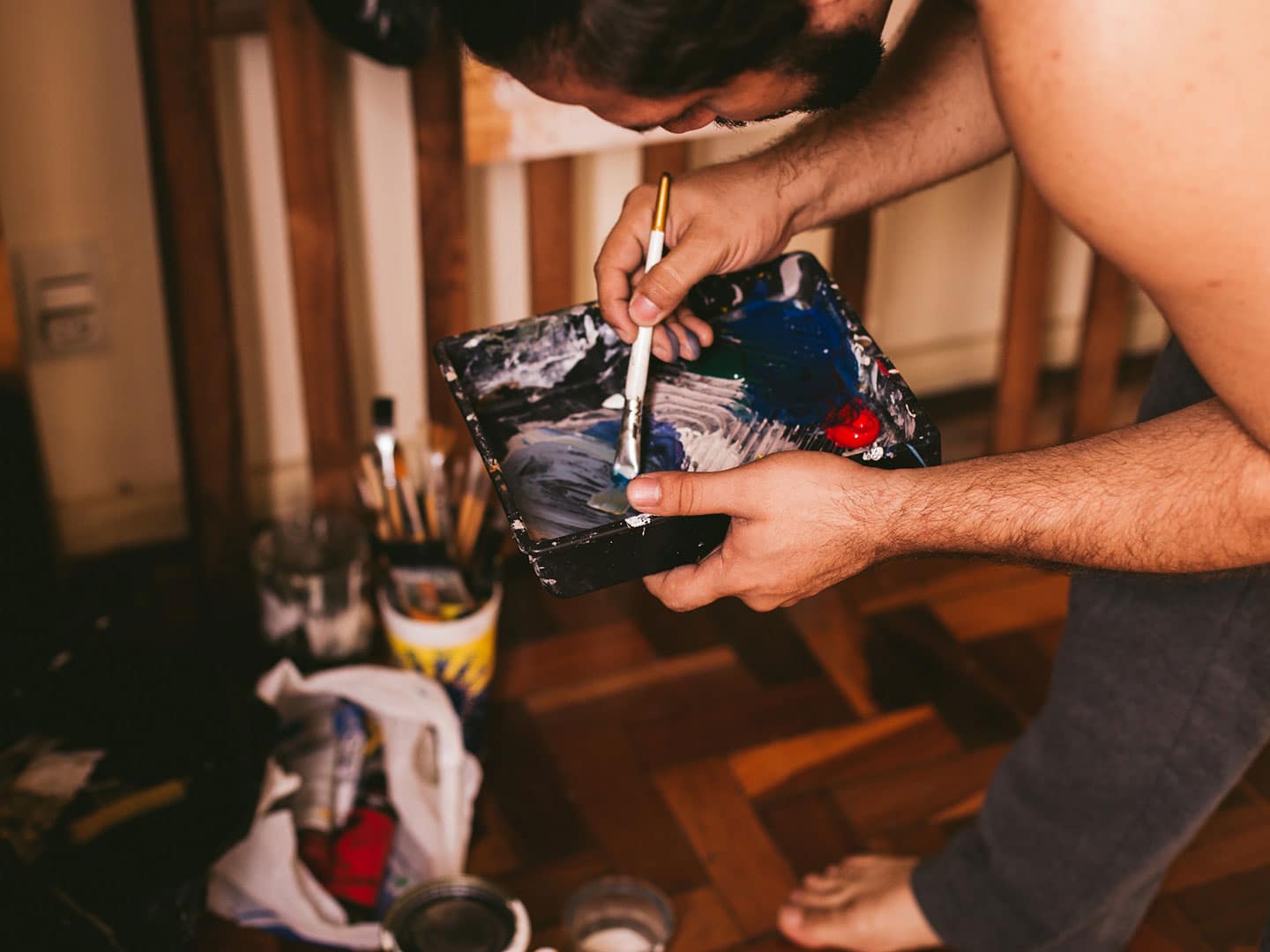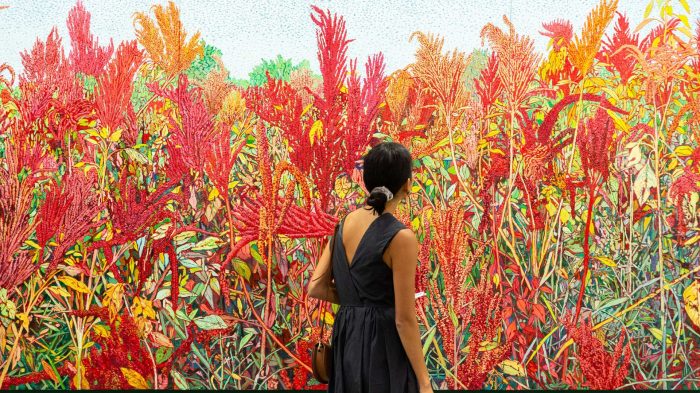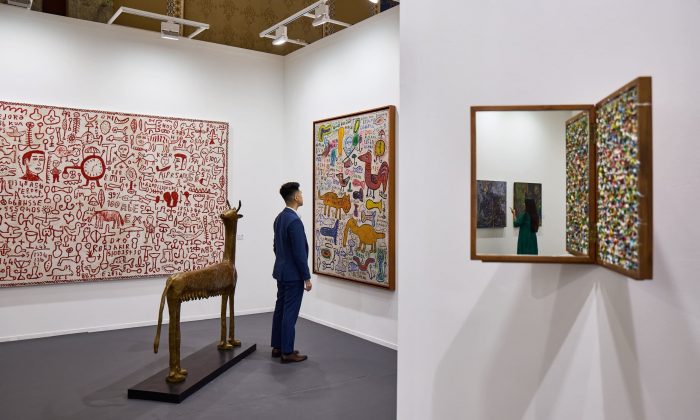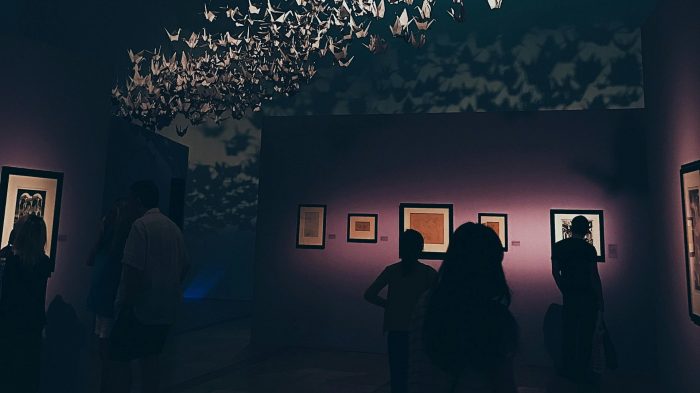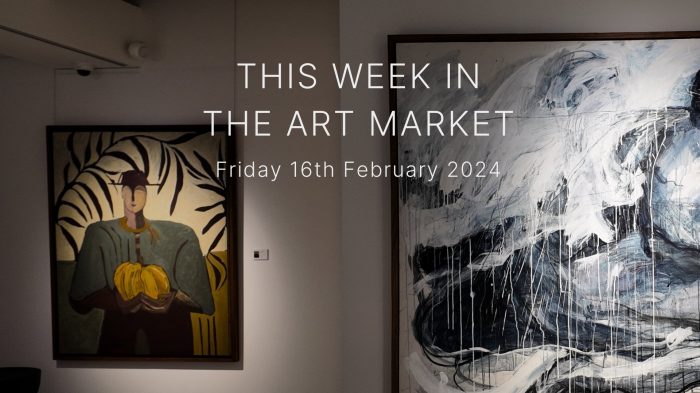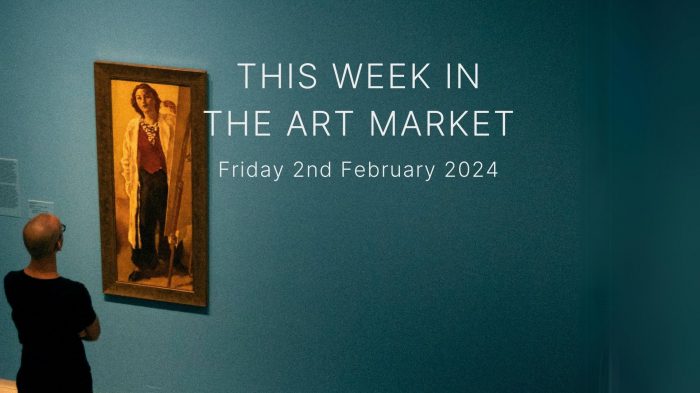Art has the ability to move people, to be felt, to stimulate both mental and physical responses often ‘transporting’ us to a different place and time. The response to a piece of artwork, song, poem or reading is something very personal, subjective and different for every one of us.
Artist Olafur Eliasson believes that “one of the major responsibilities of artists is to help people not only get to know and understand something with their minds but also to feel it emotionally and physically”. It is in this way that through their work, artists seek to engage, make statements and impact the course of history.
Art has emerged in many parts of our culture as a medium that promotes expression that can tear down boundaries and for many an outlet of transformation. Some consider art as being a medium that brings people together, a change agent that promotes discussion and tolerance of difference.
For others, art is seen in a very different light, as a tradeable asset that has significant market value and growth potential. Neither perspective is right or wrong, and that is the wonderful thing about art – it is subjective.
There is still a general misconception about the arts, with many people seeing it as somewhat elitist and not for “people like them”, however in counties such as Singapore and around Asia, there has never been greater access to engagement with arts & culture.
Regular art exhibitions and public performances are beginning to emerge via the revitalisation of public or private spaces, which works to bring diverse communities together. It is fair to say that art crosses many boundaries and barriers making it a key industry that governments are actively investing in & promoting.
The Singaporean government sees the future of art as a means to “inspire our people, connect our communities and position Singaporeans globally”. However it is not just governments or communities that engage with art and culture, but the private sector as well.
Companies around the world participate in art and culture, bringing art into the board room both literally and metaphorically. Not only does art adorn the walls of many office buildings and board rooms through either purchasing or lease arrangements, but more and more boards are promoting artists and designers into their ranks.
This infusion of corporate life with art & culture embraces a huge amount of innovation and inspiration from the private sector, particularly for those businesses looking to revitalise their businesses for clients, stakeholders and staff. In 2012 Indra Nooyi, PepsiCo’s global CEO brought in Mauro Porcini as Pepsi’s first-ever Chief Design Officer, now Nooyi says, “design” has a voice in nearly every important decision that the company makes.
Engaging with art & culture is positive for individuals, communities, corporates, governments and nations alike. It promotes wellness, stimulates thought, discussion and inspiration.
A closing thought on the positivity of art and culture comes from Olafur Eliasson, upon being the recipient of the 2016 Crystal Award, which celebrated his “exemplary commitment to improving the state of the world”. Eliasson states “that’s why I hope that in the future, art will be invited to take part in discussions of social, political, and ecological issues even more than it is currently and that artists will be included when leaders at all levels, from the local to the global, consider solutions to the challenges that face us in the world today.”

